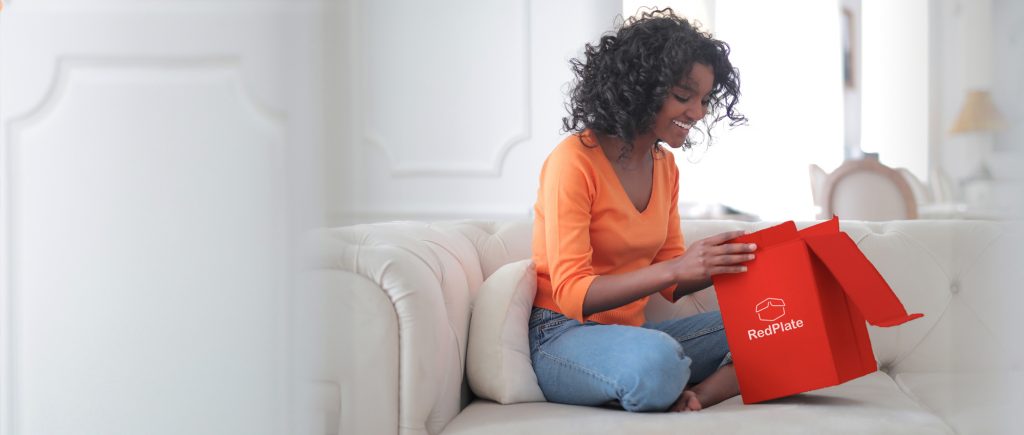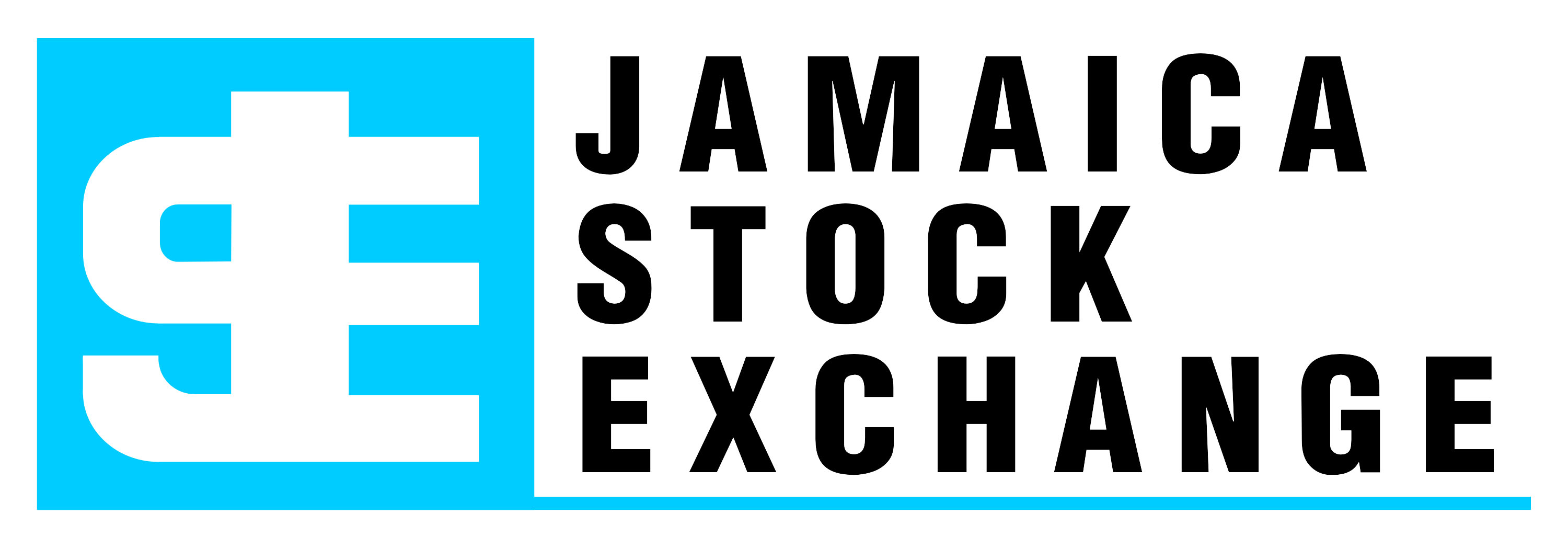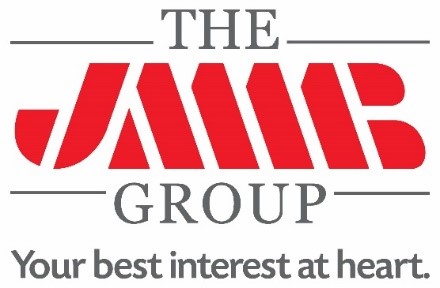“Apple Inc announces plans to introduce a smaller, more affordable iPad, dubbed the iPad Mini, to compete against Amazon Inc, Google Inc and Microsoft Corp in order to maintain its dominant market share position”
“On June 21, Digicel announced that Digicel to Digicel calls would cost $2.89 billed per minute and cross-network rates would be reduced to $6.99 per minute. This came after LIME’s announcement the previous week of new mobile rate cuts of between 40 and 62 percent. LIME’s cross-network rate dropped from $12 to $6.99 for prepaid and post-paid. On-network rates dropped from $8 to $2.99 and $1.99 for prepaid and post-paid, respectively.”
Managers contemplating a new product launch during the prosperous early years of the twenty-first century typically looked only in one direction: up. Thanks to consumers’ rising incomes and apparently insatiable desire for superior quality, the era began with a focus on “premiumization,” “trading up,” and “luxury for the masses.”
But times change. Economic strains are now causing consumers to trade down, and many midtier and premium brands are losing share to low-price rivals. Their managers face a classic strategic conundrum: Should they tackle the threat head-on by reducing prices, knowing that will destroy profits in the short term and brand equity in the long term? Or should they hold the line, hope for better times to return, and in the meantime lose customers who might never come back? Given how unpalatable both those alternatives can be, many companies are now considering a third option: launching a fighter brand.
A fighter brand is designed to combat, and ideally eliminate, low-price competitors while protecting an organization’s premium-price offerings. Philip Morris used the strategy in 1998, when a sudden devaluation of the ruble quadrupled the price of its internationally produced Marlboro cigarettes in Russia, rendering them unaffordable to many smokers there. Rather than lose share to local competitors, the company concentrated its efforts on its locally made fighter brand Bond Street. When the ruble’s value returned to normal, consumers came back to Marlboro, which had retained its premium pricing and brand equity.
In its best applications, a fighter brand strategy can have even more impressive results. In such cases—like that of Busch beer ( see the sidebar “The One to Beat”)—the fighter brand not only eliminates competitors but also opens up a new, lower-end market for the organization to pursue. Such triumphs, however, usually turn out to be the exception. For the most part, the history of fighter brands is a discouraging roll call of campaigns that inflicted very little damage on the targeted competitors and resulted instead in significant collateral losses for the companies that initiated them. What tripped them up? Five major strategic hazards that a manager must negotiate carefully in order to enjoy fighter brand success.
The One to Beat
Hazard 1: Cannibalization
Most fighter brands are created explicitly to win back customers that have switched to a low-price rival. Unfortunately, once deployed, many have an annoying tendency to also acquire customers from a company’s own premium offering. This was Kodak’s experience when it attempted to beat back its Japanese rival, Fuji, in 1994.
 Over the previous decade, Kodak’s market share had dropped as many of its customers switched to Fujicolor Super G film, which was priced 20% lower than Kodak’s best-selling Gold Plus film. Faced with continuing losses in share, Kodak launched a fighter brand called Funtime, which sold at the same price as Fuji’s offering. In an attempt to avoid cannibalization, Kodak manufactured Funtime using an older, less effective formula emulsion that made it significantly inferior to Gold Plus. But what appeared, from a corporate standpoint, to represent a genuine product distinction was lost in the subjective world of consumer interpretation. Already a low-involvement purchase, film had increasingly become a commodity, and most consumers were unaware of the differences in product quality. They simply saw Funtime as Kodak film at a lower price, and the fighter brand ate into Gold Plus sales more than it damaged Fuji’s. Kodak withdrew Funtime from the market after only two years and began to experiment with other alternatives.
Over the previous decade, Kodak’s market share had dropped as many of its customers switched to Fujicolor Super G film, which was priced 20% lower than Kodak’s best-selling Gold Plus film. Faced with continuing losses in share, Kodak launched a fighter brand called Funtime, which sold at the same price as Fuji’s offering. In an attempt to avoid cannibalization, Kodak manufactured Funtime using an older, less effective formula emulsion that made it significantly inferior to Gold Plus. But what appeared, from a corporate standpoint, to represent a genuine product distinction was lost in the subjective world of consumer interpretation. Already a low-involvement purchase, film had increasingly become a commodity, and most consumers were unaware of the differences in product quality. They simply saw Funtime as Kodak film at a lower price, and the fighter brand ate into Gold Plus sales more than it damaged Fuji’s. Kodak withdrew Funtime from the market after only two years and began to experiment with other alternatives.
Positioning a fighter brand presents a manager with a dual challenge: You must ensure that it appeals to the price-conscious segment you want to attract while guaranteeing that it falls short for current consumers of your premium brand. That means you must match your fighter brand’s low price with equally low perceived quality. Kodak got it right in theory but in practice failed to see to it that consumers considered Funtime inferior to the premium brand it was meant to protect. As with the launch of any new brand, it’s crucial to have a keen grasp of consumers’ coordinates of value, but with a fighter brand, you must use those coordinates to deliberately miss one target segment while hitting the other.
Contrast Kodak’s story with that of Procter & Gamble, which used a fighter brand to fend off private-label competitors. In the 1980s, P&G, which sold the leading diaper brand, Pampers, and the number three brand, Luvs, was responsible for half of all diaper sales in the United States. But as the market share of private labels in the category grew to 20% and the profit pool available to marketers like P&G shrank, the idea of operating two premium diaper brands made less and less sense. In 1993 P&G responded by adjusting its brand portfolio: It repositioned Luvs as a fighter brand and slashed its price by 16%. To avoid cannibalizing Pampers’ sales, P&G also ensured that Luvs offered considerably less relative value. R&D and product innovation on Luvs were cut back, as were TV advertising and promotional support. Existing features, like handles on Luvs’ packaging, were even removed to emphasize that the brand offered consumers less than Pampers.
What Do You Think, Should Digicel Launch A Fighter Brand To Compete With LIME?
For more go to http://hbr.org/2009/10/should-you-launch-a-fighter-brand/ar/1

 Businessuite News24 International2 years ago
Businessuite News24 International2 years ago
 Feedback & What You Think2 years ago
Feedback & What You Think2 years ago
 Marketing & Advertising2 years ago
Marketing & Advertising2 years ago
 Businessuite Women1 year ago
Businessuite Women1 year ago
 Businessuite 50 Power and Influence1 year ago
Businessuite 50 Power and Influence1 year ago
 Leadership Conversations1 year ago
Leadership Conversations1 year ago
 Businessuite Markets2 years ago
Businessuite Markets2 years ago
 RANKING2 years ago
RANKING2 years ago








